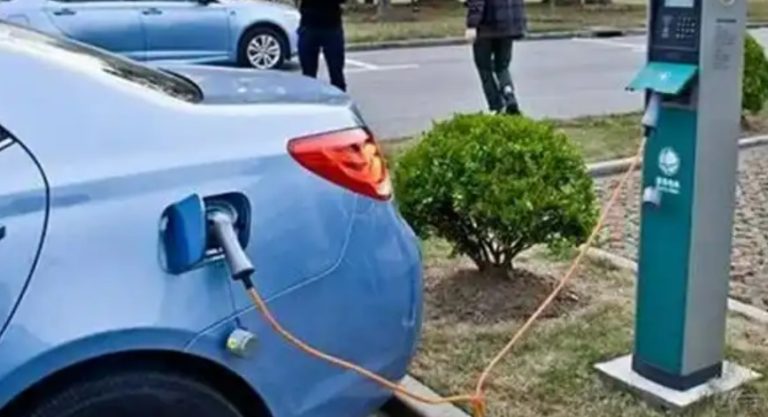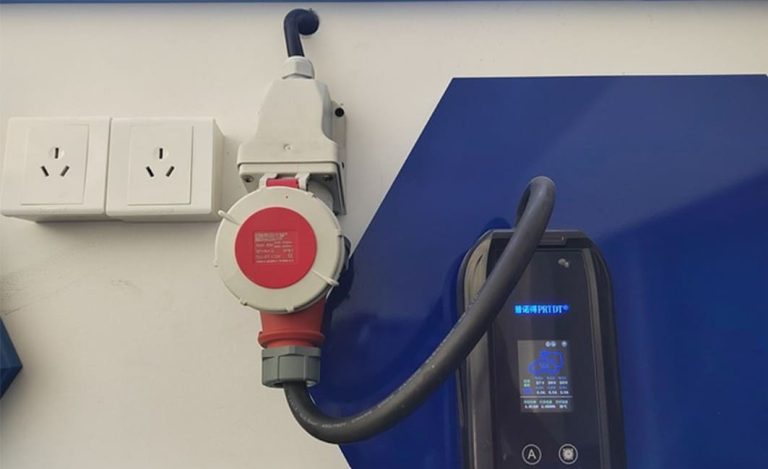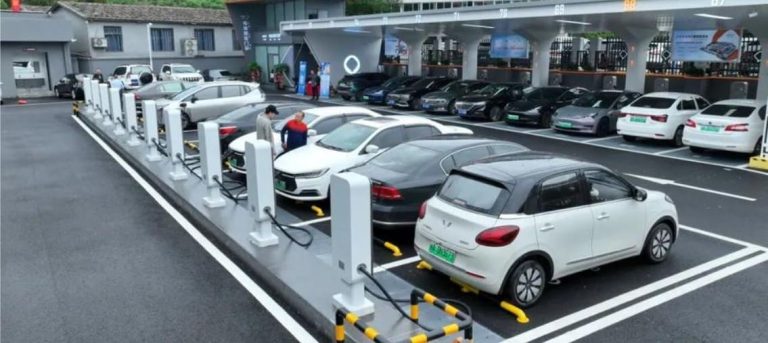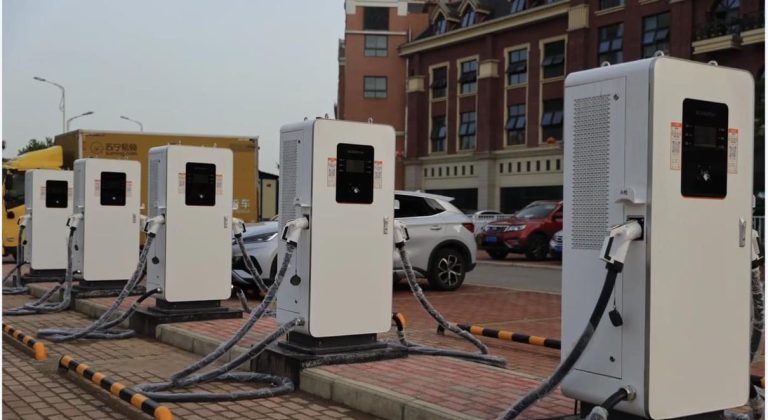Do l need DNO approval for EV charger?
Do I Need DNO Approval for an EV Charger? It Depends on Your Situation.
The short answer is yes, connecting an EV charger typically requires approval or confirmation from your Distribution Network Operator (DNO), but the exact process and level of scrutiny vary significantly based on your location, the charger’s power level, and the existing electrical capacity. Understanding why DNO involvement is usually necessary and the factors influencing the process is crucial for a smooth installation. Let’s break it down in detail.

The Core Reason: Safeguarding the Grid Connection
The way EV chargers connect to the power source is the main reason DNO approval is typically needed. Your EV charger connects straight to the DNO-managed local electrical distribution network, so it doesn’t function independently. All connected users, including homes, businesses, and now a growing number of energy-hungry EVs, will receive power reliably and safely thanks to this intricate network. Legally, the DNO is in charge of ensuring this network runs safely, steadily, and effectively. The network may be impacted when a new device is connected, particularly if it can consume a lot of power, like an EV charger. Issues include introducing safety risks like elevated fault currents, causing voltage fluctuations that impact other customers, or overloading local transformers or cables (particularly if multiple chargers are added in an area). In order to make sure the connection satisfies technical requirements, won’t interfere with the current network or other users, and is safe, the DNO must examine and approve it. Consider it similar to requesting approval from the water company before connecting a very large new pipe to the mains supply; they must ensure that the system can support it.
Navigating Domestic Policies: China’s Regulatory Landscape
Both local and federal laws have a significant impact on the approval requirements. Recent policy changes offer a clear framework, using China as a prime example. The July 2025 release of the “Notice on Promoting the Scientific Planning and Construction of High-Power Charging Facilities” stipulates that plans for the development of charging infrastructure at the provincial level must incorporate the construction of high-power charging facilities. Additionally, it is the responsibility of local leading departments to improve project supervision in collaboration with investment authorities. High-power charging stations must therefore adhere to particular planning guidelines and undergo official project filing or registration. While this notice doesn’t explicitly state that the DNO (the local grid company) acts as a direct standalone “approver” in the planning phase, their involvement becomes critical at the implementation stage, specifically during the grid connection process. For residential or lower-power installations, regulations like the “Zhoushai Residential District EV Charging Infrastructure Construction Management Measures (Trial)” illustrate the practical steps. After obtaining necessary permissions (e.g., from property management), the applicant must formally apply to the local power supply enterprise (which is the operational arm of the DNO) for a new electricity connection. The DNO then conducts an essential on-site survey. This survey assesses the proposed installation location, determines the best point of connection to the grid, evaluates the route for new cabling, and crucially, checks if the local grid infrastructure at that specific point has the capacity to handle the additional load safely without affecting other users. Only if the DNO confirms the technical feasibility and safety during this survey will they proceed with the necessary grid connection work (like installing a new meter or upgrading cables).
The Critical Role of Electrical Capacity Matching
The problem of spare electrical capacity is one of the most important factors that prompts a thorough DNO review, especially in residential settings like apartment complexes or older neighborhoods. A building’s or street’s current transformers and cabling were frequently put in decades ago and were intended to handle common household loads like lights and appliances. This initial design capacity can be swiftly exceeded by adding more EV chargers, each of which may draw 7kW, 11kW, 22kW, or even more. Adding a high-power charger could result in overloads, which could cause voltage drops, possible equipment damage, or even blackouts that affect multiple properties if the local substation transformer or the cables that supply your property are already close to their limit. This is specifically addressed in regulations. For instance, Shanghai’s “Residential District EV Charging Facility Construction Management Measures” state that even under “smart charging” schemes (which try to stagger charging times), if the existing transformer capacity is insufficient, the charging operator or responsible party must apply to the power department (the DNO) for a transformer capacity upgrade. This upgrade process is complex and expensive. The DNO must rigorously assess the feasibility: Can the upstream network handle the increased load? Is physical space available for a larger transformer? How will the upgrade be funded and executed? Their approval is mandatory before any capacity-increasing work can begin. This assessment protects the entire local network from instability caused by excessive new demand.
Regional Variations in Process and Oversight
It’s critical to realize that, even within a single nation, DNO involvement varies by region. Grid operators and local governments frequently have particular regulations or interpretations. For instance, the “Notice on Further Promoting the Construction and Management of Resident-Owned EV Charging Facilities (Nanxiong Municipal Government)” emphasizes that the local power supply bureau, acting as the DNO, is in charge of constructing the required cabling from the grid connection point to the new electricity meter (“front-of-meter” work) and accepting connection applications that satisfy the basic requirements.This places the DNO directly in the role of the entity performing the technical assessment, approving the connection design, and carrying out the critical work to integrate the charger safely and compliantly with the local grid infrastructure. Their approval is embedded within this connection process. The level of detail required in the application, the speed of response, and the specific technical standards referenced can differ between DNO regions. Always checking the latest local guidelines published by your city/county government or the DNO itself is essential.
Simplifications for Smaller Installations
While DNO involvement is generally the rule, there are important exceptions or simplified pathways, primarily for lower-power residential chargers installed in properties with adequate spare capacity. In many areas, if you are installing a standard single-phase charger (typically up to 7kW) at your own home (a detached house, not an apartment complex), and your main electrical supply (fuse rating) and the proposed circuit are deemed sufficient by a qualified electrician, the process might be streamlined. You still need to formally notify or apply to the DNO, but the assessment might be largely administrative or based on standardized checks rather than a detailed engineering study. The DNO needs to record the new load for network planning purposes and confirm it falls within pre-approved limits for your type of property and supply. However, this “simplification” does not mean no DNO involvement. You still need to go through their notification or application channel, and they retain the right to request more information or refuse if potential issues are flagged. Crucially, any charger exceeding typical residential power levels (e.g., three-phase 11kW or 22kW chargers) or being installed in locations with known capacity constraints (like older apartment blocks) will almost certainly trigger a more thorough DNO review.
Conclusion: Proactive Engagement is Key
In conclusion, plugging an EV charger into the electrical grid is not an easy do-it-yourself project. Involving the Distribution Network Operator (DNO) is nearly always necessary because of the vital need to preserve grid safety, stability, and dependability for all users. Depending on your unique situation, this could take many different forms, such as a thorough technical evaluation, a capacity upgrade application, a simplified notification, or integration into a local government procedure. Important considerations include the charger’s power rating, the location (rural vs. urban, residential vs. apartment), the local grid infrastructure’s spare capacity, and the applicable local and federal laws.Ignoring the DNO requirement risks safety hazards, potential damage to the grid, refusal of connection, or even being disconnected later. The safest and most efficient approach is always to engage with your chosen installer (who should understand the local DNO process) and proactively consult your local DNO or electricity supplier early in your planning process. They can provide the definitive requirements and application forms for your exact location and proposed installation, ensuring your EV charging journey starts smoothly and safely.







































































































































